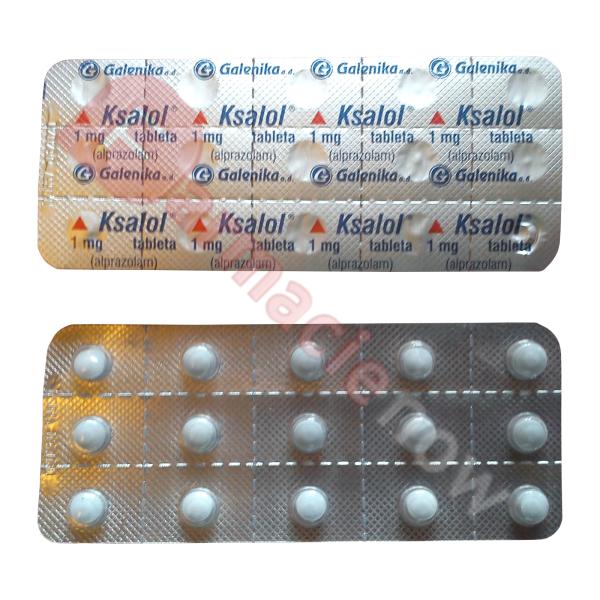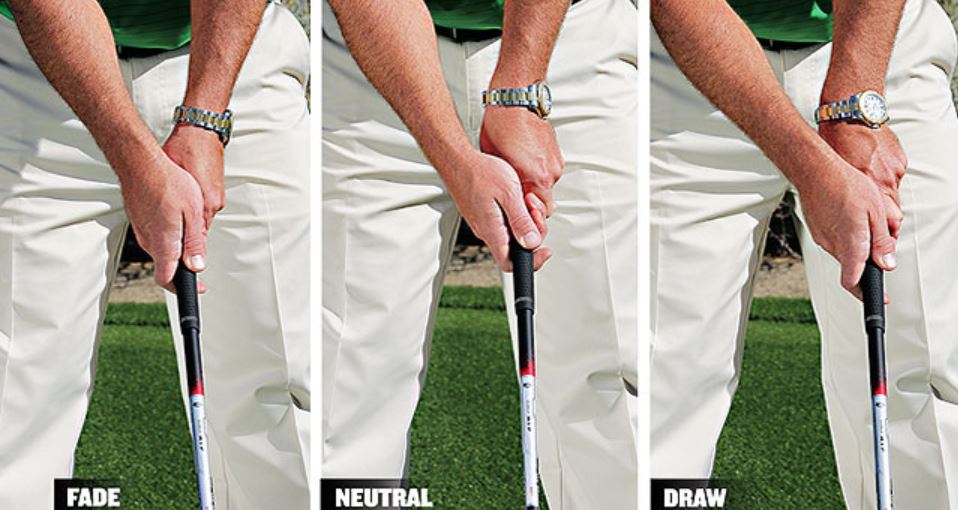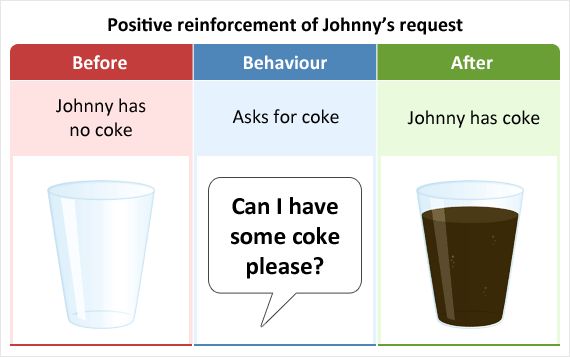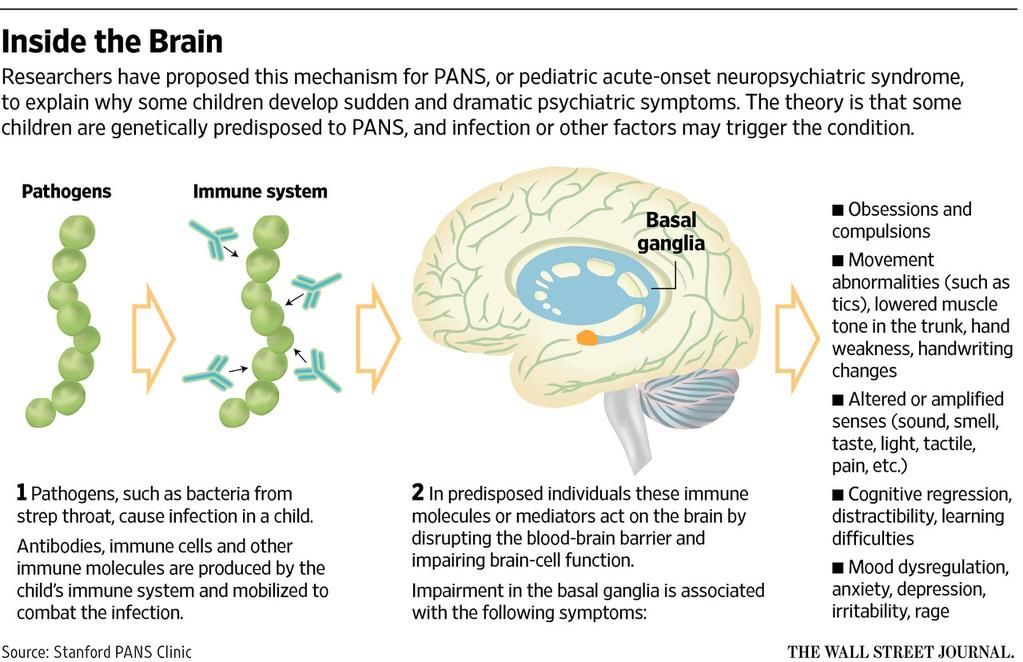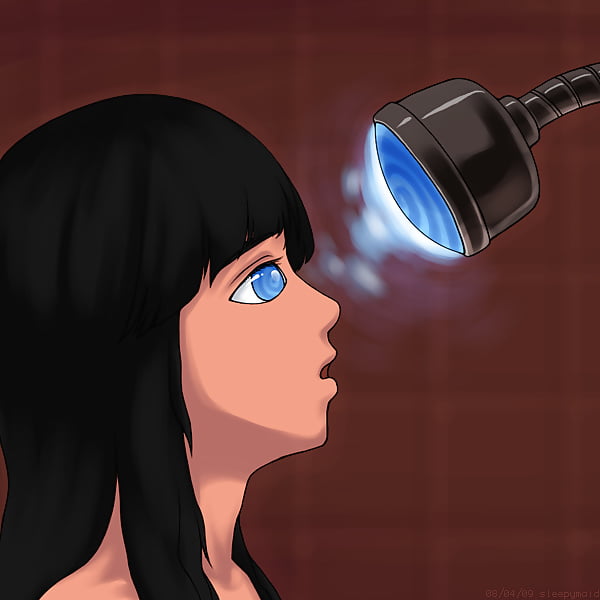How to test anxiety disorders
Criteria for Adults and Children
About anxiety diagnosis
Anxiety is not a simple diagnosis. It’s not caused by a germ that can be detected in a blood test. It takes many forms and can also accompany other medical conditions.
To diagnose anxiety, a complete physical examination is essential. This helps your doctor discover or rule out other illnesses that may be causing your symptoms or that may be masked by the symptoms. A complete personal history is also necessary for your doctor to make an accurate diagnosis.
You should be completely honest with your doctor. Many things can contribute to or be affected by anxiety, including:
- certain illnesses
- medications
- alcohol consumption
- coffee consumption
- hormones
Other medical conditions can cause symptoms that resemble anxiety. Many anxiety symptoms are physical, including:
- racing heart
- shortness of breath
- shaking
- sweating
- chills
- hot flashes
- chest pain
- twitching
- dry mouth
- nausea
- vomiting
- diarrhea
- frequent urination
Your doctor may perform a physical exam and order a variety of tests to rule out medical conditions that mimic anxiety symptoms. Medical conditions with similar symptoms include:
- heart attack
- angina
- mitral valve prolapse
- tachycardia
- asthma
- hyperthyroidism
- adrenal gland tumors
- menopause
- side effects of certain drugs, such as drugs for high blood pressure, diabetes, and thyroid disorders
- withdrawal from certain drugs, such as those used to treat anxiety and sleep disorders
- substance abuse or withdrawal
It’s suggested that you complete a self-assessment questionnaire before other testing. This can help you decide whether you may have an anxiety disorder or if you may be reacting to a certain situation or event. If your self-assessments lead you to believe that you may have an anxiety disorder, your doctor may then ask you to take a clinical assessment or conduct a structured interview with you.
Your doctor may use one or more of the following tests to assess your level of anxiety.
Zung Self-Rating Anxiety Scale
The Zung test is a 20-item questionnaire. It asks you to rate your anxiety from “a little of the time” to “most of the time” on subjects such as:
It asks you to rate your anxiety from “a little of the time” to “most of the time” on subjects such as:
- nervousness
- anxiety
- shaking
- rapid heartbeat
- fainting
- frequent urination
- nightmares
Once you complete this test, a trained professional assesses your responses.
Hamilton Anxiety Scale (HAM-A)
Developed in 1959, the Hamilton test was one of the first rating scales for anxiety. It’s still widely used in clinical and research settings. It involves 14 questions that rate moods, fears, and tension, as well as physical, mental, and behavioral traits. A professional must administer the Hamilton test.
Beck Anxiety Inventory (BAI)
The BAI helps measure the severity of your anxiety. You can take the test by yourself. It may also be given orally by a professional or paraprofessional.
There are 21 multiple-choice questions that ask you to rate your experience of symptoms during the past week. These symptoms include tingling, numbness, and fear. Answer options include “not at all,” “mildly,” “moderately,” or “severely.”
Answer options include “not at all,” “mildly,” “moderately,” or “severely.”
Social Phobia Inventory (SPIN)
This 17-question self-assessment measures your level of social phobia. You rate your anxiety in relation to various social situations on a scale from zero to four. Zero indicates no anxiety. Four indicates extreme anxiety.
Penn State Worry Questionnaire
This test is the most widely used measure of worry. It distinguishes between social anxiety disorder and generalized anxiety disorder. The test uses 16 questions to measure your worry’s generality, excessiveness, and uncontrollability.
Generalized Anxiety Disorder Scale
This seven-question test is a screening tool for generalized anxiety disorder. You’re asked how often in the past two weeks you’ve been bothered by feelings of irritability, nervousness, or fear. Options include “not at all,” “several days,” “more than half the days,” or “nearly every day.”
Yale-Brown Obsessive-Compulsive Scale (YBOCS)
The YBOCS is used to measure levels of OCD.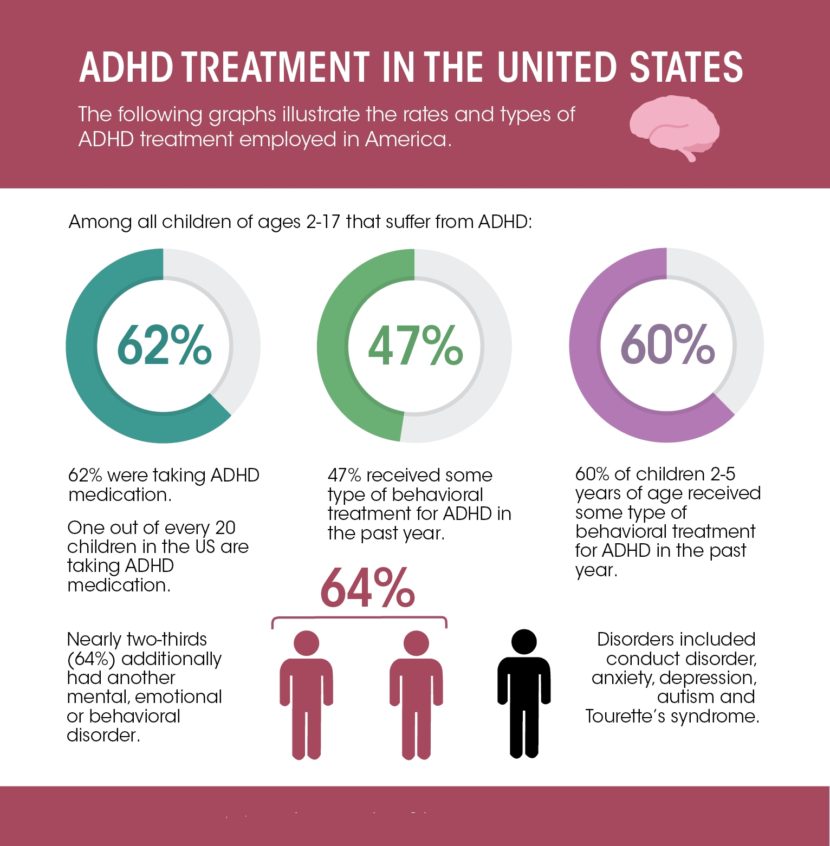 It’s conducted as a one-on-one interview between you and a mental health professional. You choose three items from a symptom checklist that are the most disturbing and then rate how severe they are. Then, you’re asked whether you’ve had certain other obsessions or compulsions in the past. Based on your answers, the mental health professional grades your OCD as subclinical, mild, moderate, severe, or extreme.
It’s conducted as a one-on-one interview between you and a mental health professional. You choose three items from a symptom checklist that are the most disturbing and then rate how severe they are. Then, you’re asked whether you’ve had certain other obsessions or compulsions in the past. Based on your answers, the mental health professional grades your OCD as subclinical, mild, moderate, severe, or extreme.
Anxiety is a symptom in several disorders. Some of these include:
| Panic disorder | High amounts of anxiety as well as physical stress for a short amount of time; physical stress can come in the form of dizziness, a high heart rate, sweating, numbness, and other similar symptoms |
| Obsessive-compulsive disorder (OCD) | Anxiety expressed as obsessive thoughts or as compulsive behavior that’s acted upon repeatedly to relieve stress |
| Phobias | Anxiety triggered because of a specific thing or situation that isn’t necessarily harmful or dangerous, including animals, heights, or riding in vehicles |
| Social phobias | Anxiety that’s experienced in interpersonal situations, such as during conversations, in large social groups, or when speaking in front of a crowd |
The broadest anxiety disorder, generalized anxiety disorder (GAD), is different from these other disorders because it doesn’t necessarily relate to a specific cause or behavior.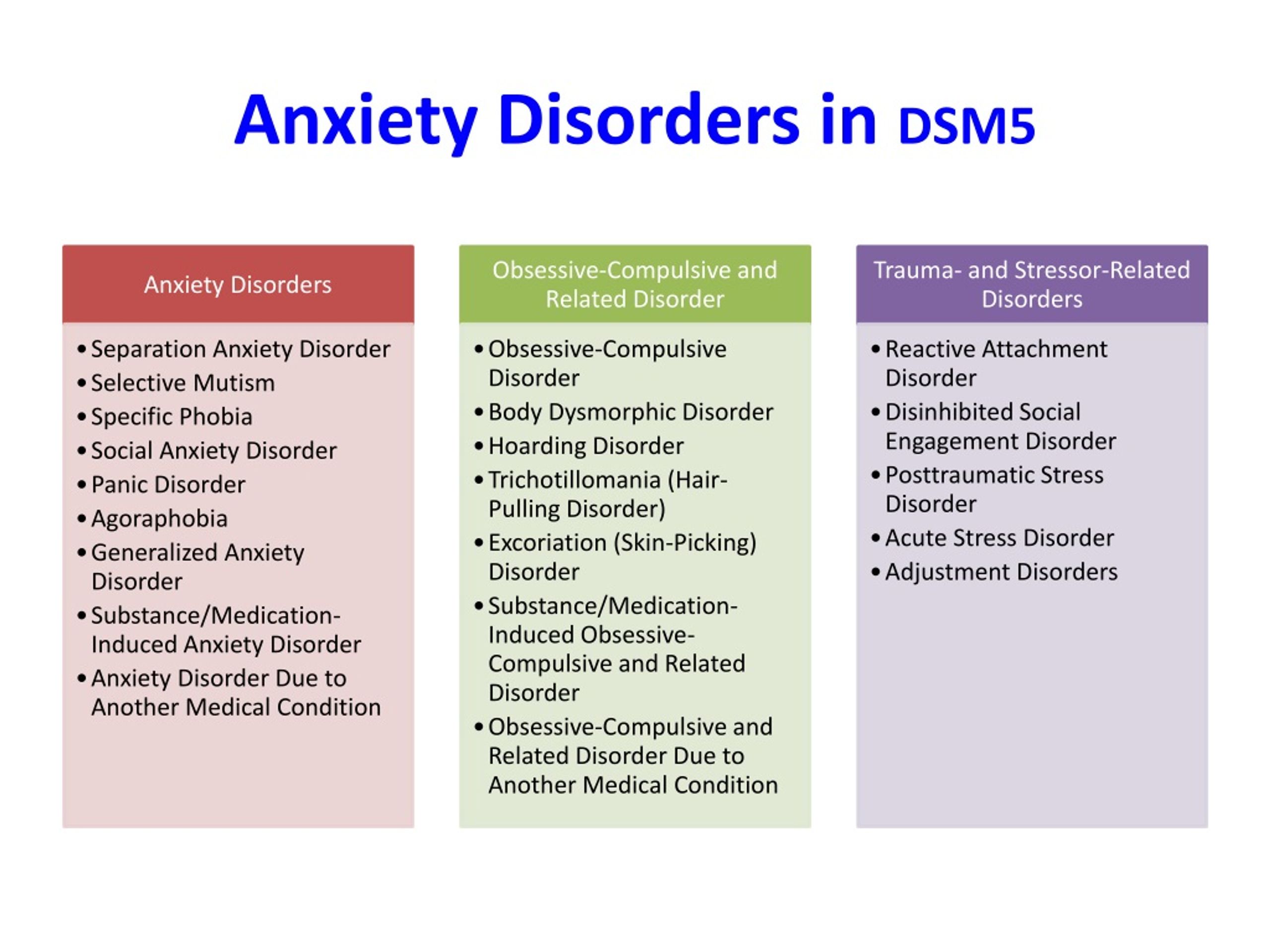 With GAD, you may worry about many different things at once or over time, and the worries are often constant.
With GAD, you may worry about many different things at once or over time, and the worries are often constant.
Learn more: Phobias »
An anxiety diagnosis depends a lot on your description of the symptoms you’re experiencing. Mental health professionals use the “Diagnostic and Statistical Manual of Mental Disorders” (often called the DSM) to diagnose anxiety and other mental disorders based on symptoms. The criteria differ for each anxiety disorder.
The DSM lists the following criteria for generalized anxiety disorder (GAD):
- excessive anxiety and worry most days about many things for at least six months
- difficulty controlling your worry
- appearance of three of the following six symptoms: restlessness, fatigue, irritability, muscle tension, sleep disturbance, and difficulty concentrating
- symptoms significantly interfering with your life
- symptoms not being caused by direct psychological effects of medications or medical conditions
- symptoms aren’t due to another mental disorder (e.
 g. anxiety about oncoming panic attacks with panic disorder, anxiety due to a social disorder, etc.)
g. anxiety about oncoming panic attacks with panic disorder, anxiety due to a social disorder, etc.)
Childhood and the teenage years are full of new, frightening experiences and events. Some children learn to confront and accept these fears. However, an anxiety disorder can make it difficult or impossible for a child to cope.
The same diagnostic criteria and assessments that are used for adults apply to children, too. In the Anxiety and Related Disorders Interview Schedule for DSM-5 (ADIS-5), your doctor interviews both you and your child about their symptoms.
Symptoms in children are similar to those in adults. If you notice anxiety symptoms or any anxious or worrying behaviors that last for more than two weeks, take your child to the doctor. There, they can be checked for an anxiety disorder.
Some research suggests that anxiety can have a genetic component. If anyone in your family has ever been diagnosed with anxiety or a depressive disorder, get your child evaluated as soon as you notice symptoms.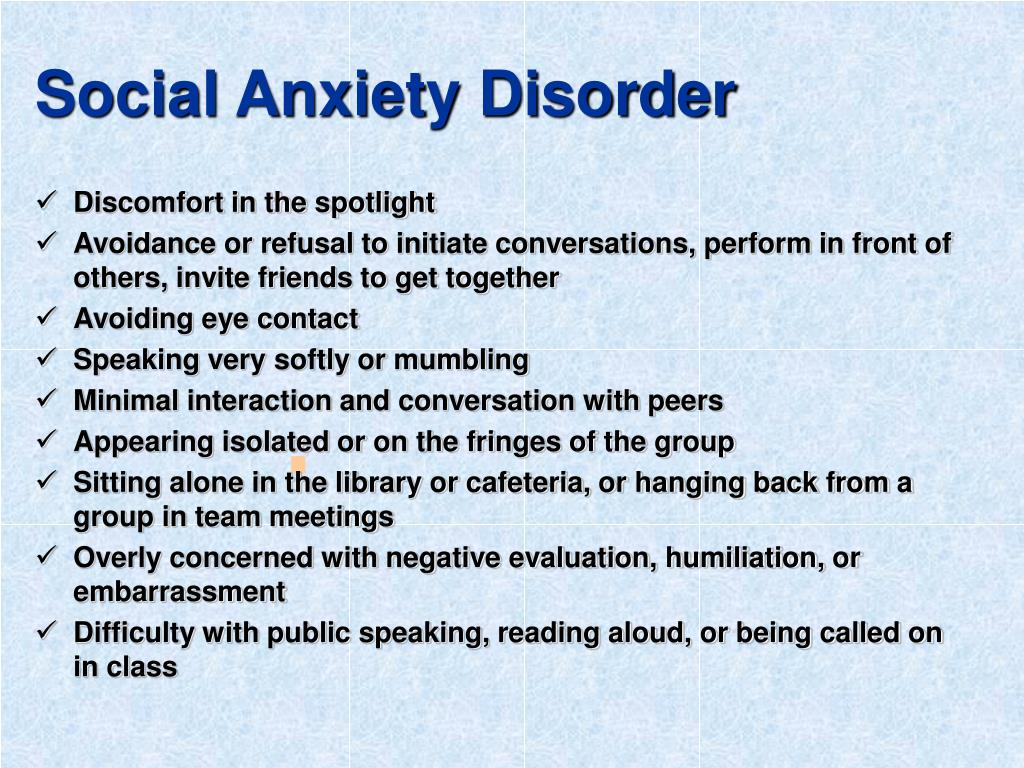 A proper diagnosis can lead to interventions to help them manage anxiety at a young age.
A proper diagnosis can lead to interventions to help them manage anxiety at a young age.
Focus on managing your anxiety rather than on ending or curing it. Learning how best to control your anxiety can help you live a more fulfilled life. You can work on stopping your anxiety symptoms from getting in the way of reaching your goals or aspirations.
To help manage your anxiety, you have several options.
Medication
If you or your child is diagnosed with anxiety, your doctor will likely refer you to a psychiatrist who can decide what anxiety medications will work best. Sticking to the recommended treatment plan is crucial for the medications to work effectively. Try not to delay your treatment. The earlier you begin, the more effective it will be.
Therapy
You might also consider seeing a therapist or joining a support group for people with anxiety so that you can talk openly about your anxiety. This can help you control your worries and get to the bottom of what triggers your anxiety.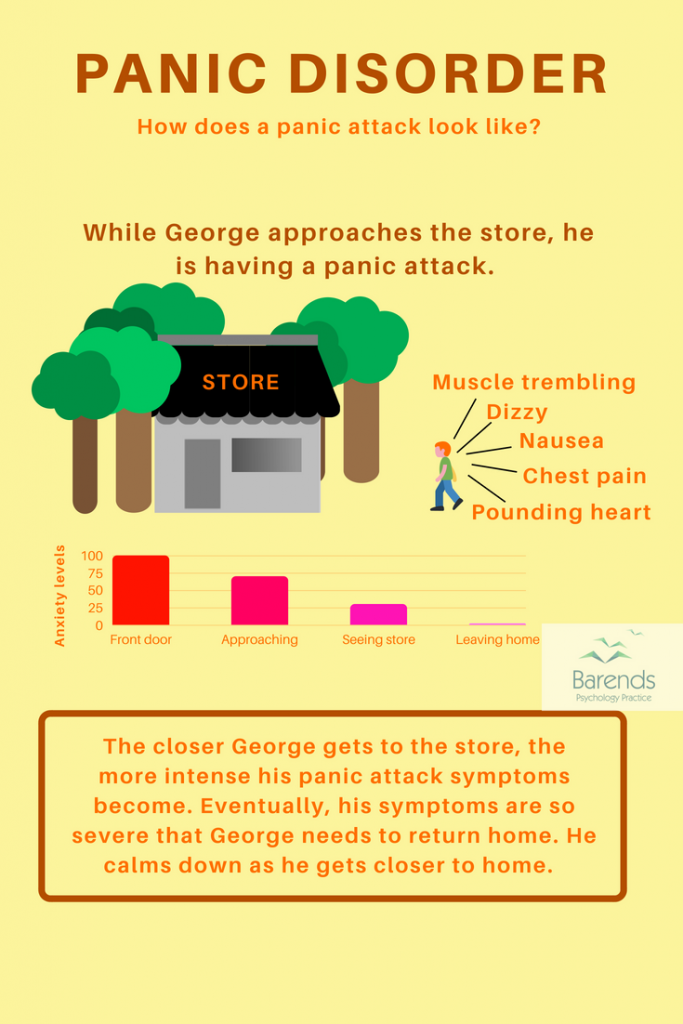
Online therapy options
Read our review of the best online therapy options to find the right fit for you.
Lifestyle choices
Find active ways to relieve your stress. This can lessen the impact that anxiety may have on you. Some things you can do include:
- Get regular exercise.
- Find hobbies that engage or occupy your mind.
- Participate in activities that you enjoy.
- Keep a daily journal of thoughts and activities.
- Create short-term or long-term schedules.
- Socialize with friends.
Also, avoid alcohol, nicotine, and other similar drugs. The effects of these substances can make your anxiety worse.
Communication
Be open with your family and close friends about your diagnosis, if possible. It’s not easy to talk about any mental disorder. However, the more the people around you understand your anxiety, the easier it becomes to communicate your thoughts and needs to them.
Anxiety relief tips
- Stick to the treatment plan recommended by your psychiatrist.
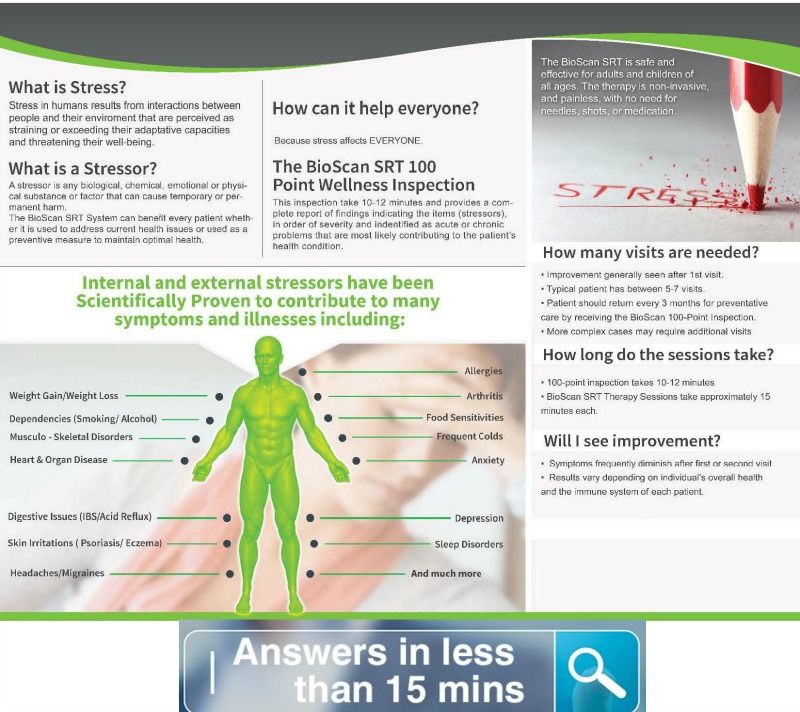
- Consider seeing a therapist or joining a support group for people with anxiety.
- Find active ways to relieve your stress, such as getting regular exercise or keeping a daily journal.
- Be open with your family and close friends about your diagnosis, if possible.
- Avoid alcohol, nicotine, and other similar drugs.
- Focus on managing your anxiety rather than on ending or curing it.
Criteria for Adults and Children
About anxiety diagnosis
Anxiety is not a simple diagnosis. It’s not caused by a germ that can be detected in a blood test. It takes many forms and can also accompany other medical conditions.
To diagnose anxiety, a complete physical examination is essential. This helps your doctor discover or rule out other illnesses that may be causing your symptoms or that may be masked by the symptoms. A complete personal history is also necessary for your doctor to make an accurate diagnosis.
You should be completely honest with your doctor. Many things can contribute to or be affected by anxiety, including:
Many things can contribute to or be affected by anxiety, including:
- certain illnesses
- medications
- alcohol consumption
- coffee consumption
- hormones
Other medical conditions can cause symptoms that resemble anxiety. Many anxiety symptoms are physical, including:
- racing heart
- shortness of breath
- shaking
- sweating
- chills
- hot flashes
- chest pain
- twitching
- dry mouth
- nausea
- vomiting
- diarrhea
- frequent urination
Your doctor may perform a physical exam and order a variety of tests to rule out medical conditions that mimic anxiety symptoms. Medical conditions with similar symptoms include:
- heart attack
- angina
- mitral valve prolapse
- tachycardia
- asthma
- hyperthyroidism
- adrenal gland tumors
- menopause
- side effects of certain drugs, such as drugs for high blood pressure, diabetes, and thyroid disorders
- withdrawal from certain drugs, such as those used to treat anxiety and sleep disorders
- substance abuse or withdrawal
It’s suggested that you complete a self-assessment questionnaire before other testing.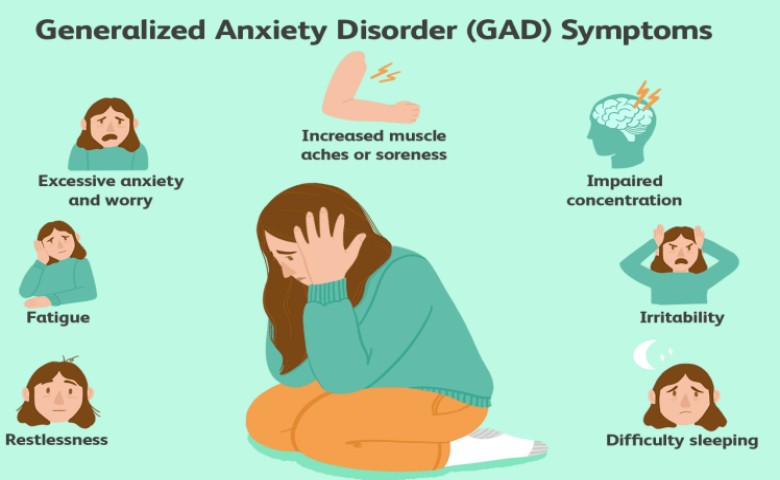 This can help you decide whether you may have an anxiety disorder or if you may be reacting to a certain situation or event. If your self-assessments lead you to believe that you may have an anxiety disorder, your doctor may then ask you to take a clinical assessment or conduct a structured interview with you.
This can help you decide whether you may have an anxiety disorder or if you may be reacting to a certain situation or event. If your self-assessments lead you to believe that you may have an anxiety disorder, your doctor may then ask you to take a clinical assessment or conduct a structured interview with you.
Your doctor may use one or more of the following tests to assess your level of anxiety.
Zung Self-Rating Anxiety Scale
The Zung test is a 20-item questionnaire. It asks you to rate your anxiety from “a little of the time” to “most of the time” on subjects such as:
- nervousness
- anxiety
- shaking
- rapid heartbeat
- fainting
- frequent urination
- nightmares
Once you complete this test, a trained professional assesses your responses.
Hamilton Anxiety Scale (HAM-A)
Developed in 1959, the Hamilton test was one of the first rating scales for anxiety. It’s still widely used in clinical and research settings. It involves 14 questions that rate moods, fears, and tension, as well as physical, mental, and behavioral traits. A professional must administer the Hamilton test.
It involves 14 questions that rate moods, fears, and tension, as well as physical, mental, and behavioral traits. A professional must administer the Hamilton test.
Beck Anxiety Inventory (BAI)
The BAI helps measure the severity of your anxiety. You can take the test by yourself. It may also be given orally by a professional or paraprofessional.
There are 21 multiple-choice questions that ask you to rate your experience of symptoms during the past week. These symptoms include tingling, numbness, and fear. Answer options include “not at all,” “mildly,” “moderately,” or “severely.”
Social Phobia Inventory (SPIN)
This 17-question self-assessment measures your level of social phobia. You rate your anxiety in relation to various social situations on a scale from zero to four. Zero indicates no anxiety. Four indicates extreme anxiety.
Penn State Worry Questionnaire
This test is the most widely used measure of worry. It distinguishes between social anxiety disorder and generalized anxiety disorder. The test uses 16 questions to measure your worry’s generality, excessiveness, and uncontrollability.
The test uses 16 questions to measure your worry’s generality, excessiveness, and uncontrollability.
Generalized Anxiety Disorder Scale
This seven-question test is a screening tool for generalized anxiety disorder. You’re asked how often in the past two weeks you’ve been bothered by feelings of irritability, nervousness, or fear. Options include “not at all,” “several days,” “more than half the days,” or “nearly every day.”
Yale-Brown Obsessive-Compulsive Scale (YBOCS)
The YBOCS is used to measure levels of OCD. It’s conducted as a one-on-one interview between you and a mental health professional. You choose three items from a symptom checklist that are the most disturbing and then rate how severe they are. Then, you’re asked whether you’ve had certain other obsessions or compulsions in the past. Based on your answers, the mental health professional grades your OCD as subclinical, mild, moderate, severe, or extreme.
Anxiety is a symptom in several disorders. Some of these include:
Some of these include:
| Panic disorder | High amounts of anxiety as well as physical stress for a short amount of time; physical stress can come in the form of dizziness, a high heart rate, sweating, numbness, and other similar symptoms |
| Obsessive-compulsive disorder (OCD) | Anxiety expressed as obsessive thoughts or as compulsive behavior that’s acted upon repeatedly to relieve stress |
| Phobias | Anxiety triggered because of a specific thing or situation that isn’t necessarily harmful or dangerous, including animals, heights, or riding in vehicles |
| Social phobias | Anxiety that’s experienced in interpersonal situations, such as during conversations, in large social groups, or when speaking in front of a crowd |
The broadest anxiety disorder, generalized anxiety disorder (GAD), is different from these other disorders because it doesn’t necessarily relate to a specific cause or behavior.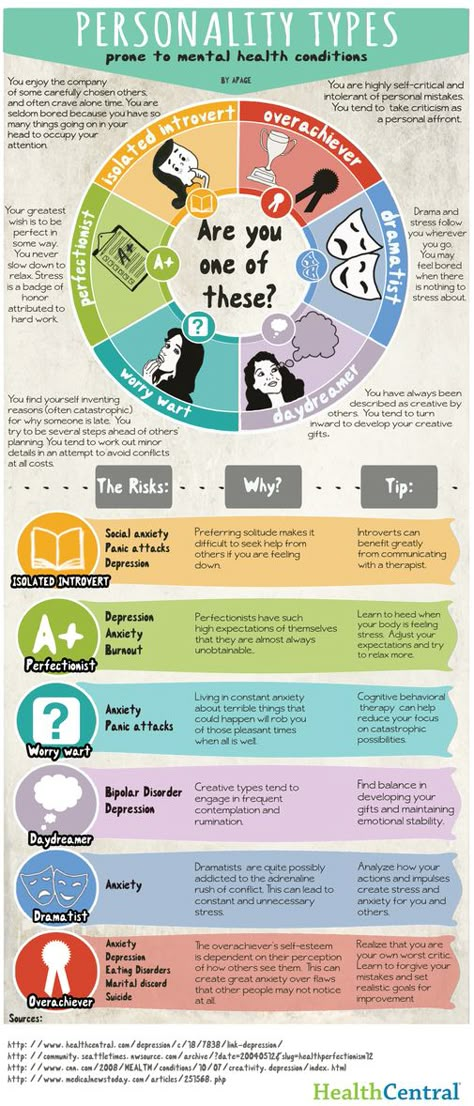 With GAD, you may worry about many different things at once or over time, and the worries are often constant.
With GAD, you may worry about many different things at once or over time, and the worries are often constant.
Learn more: Phobias »
An anxiety diagnosis depends a lot on your description of the symptoms you’re experiencing. Mental health professionals use the “Diagnostic and Statistical Manual of Mental Disorders” (often called the DSM) to diagnose anxiety and other mental disorders based on symptoms. The criteria differ for each anxiety disorder.
The DSM lists the following criteria for generalized anxiety disorder (GAD):
- excessive anxiety and worry most days about many things for at least six months
- difficulty controlling your worry
- appearance of three of the following six symptoms: restlessness, fatigue, irritability, muscle tension, sleep disturbance, and difficulty concentrating
- symptoms significantly interfering with your life
- symptoms not being caused by direct psychological effects of medications or medical conditions
- symptoms aren’t due to another mental disorder (e.
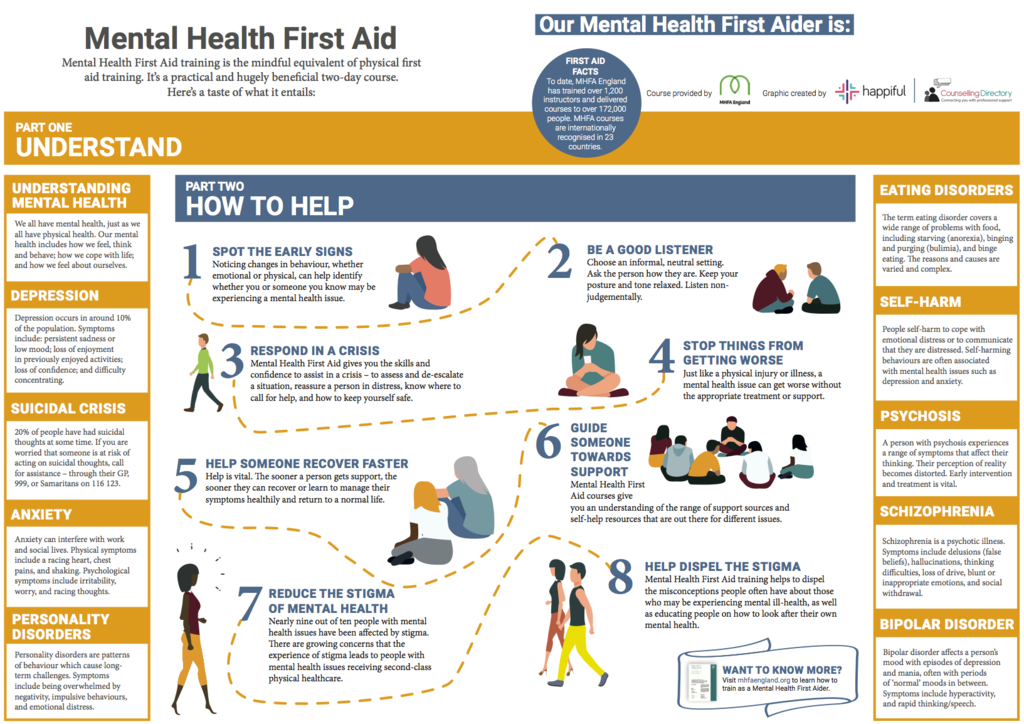 g. anxiety about oncoming panic attacks with panic disorder, anxiety due to a social disorder, etc.)
g. anxiety about oncoming panic attacks with panic disorder, anxiety due to a social disorder, etc.)
Childhood and the teenage years are full of new, frightening experiences and events. Some children learn to confront and accept these fears. However, an anxiety disorder can make it difficult or impossible for a child to cope.
The same diagnostic criteria and assessments that are used for adults apply to children, too. In the Anxiety and Related Disorders Interview Schedule for DSM-5 (ADIS-5), your doctor interviews both you and your child about their symptoms.
Symptoms in children are similar to those in adults. If you notice anxiety symptoms or any anxious or worrying behaviors that last for more than two weeks, take your child to the doctor. There, they can be checked for an anxiety disorder.
Some research suggests that anxiety can have a genetic component. If anyone in your family has ever been diagnosed with anxiety or a depressive disorder, get your child evaluated as soon as you notice symptoms.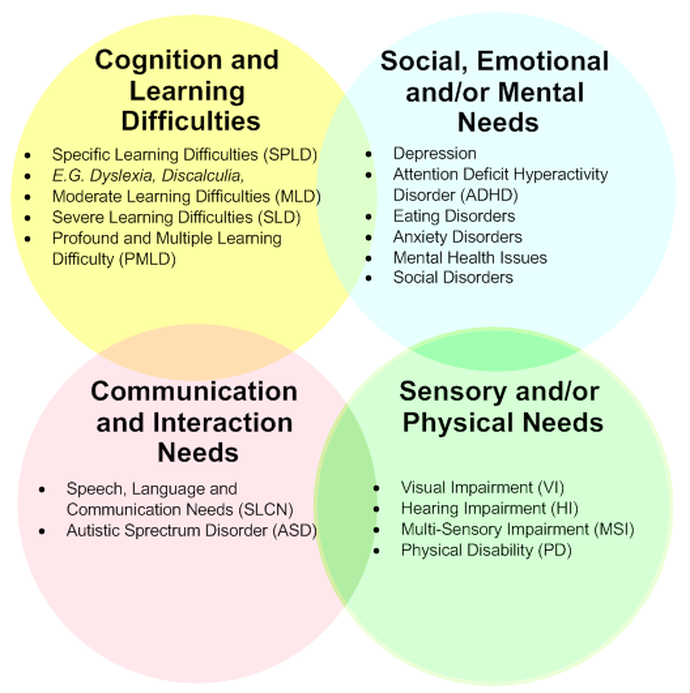 A proper diagnosis can lead to interventions to help them manage anxiety at a young age.
A proper diagnosis can lead to interventions to help them manage anxiety at a young age.
Focus on managing your anxiety rather than on ending or curing it. Learning how best to control your anxiety can help you live a more fulfilled life. You can work on stopping your anxiety symptoms from getting in the way of reaching your goals or aspirations.
To help manage your anxiety, you have several options.
Medication
If you or your child is diagnosed with anxiety, your doctor will likely refer you to a psychiatrist who can decide what anxiety medications will work best. Sticking to the recommended treatment plan is crucial for the medications to work effectively. Try not to delay your treatment. The earlier you begin, the more effective it will be.
Therapy
You might also consider seeing a therapist or joining a support group for people with anxiety so that you can talk openly about your anxiety. This can help you control your worries and get to the bottom of what triggers your anxiety.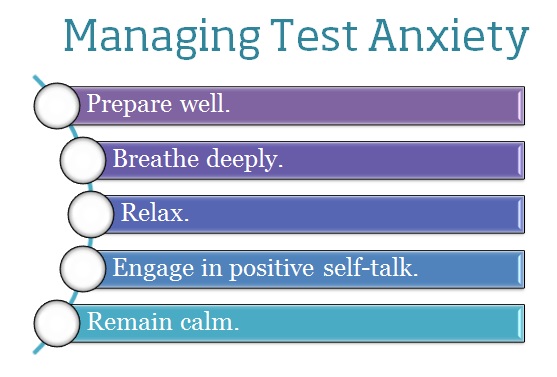
Online therapy options
Read our review of the best online therapy options to find the right fit for you.
Lifestyle choices
Find active ways to relieve your stress. This can lessen the impact that anxiety may have on you. Some things you can do include:
- Get regular exercise.
- Find hobbies that engage or occupy your mind.
- Participate in activities that you enjoy.
- Keep a daily journal of thoughts and activities.
- Create short-term or long-term schedules.
- Socialize with friends.
Also, avoid alcohol, nicotine, and other similar drugs. The effects of these substances can make your anxiety worse.
Communication
Be open with your family and close friends about your diagnosis, if possible. It’s not easy to talk about any mental disorder. However, the more the people around you understand your anxiety, the easier it becomes to communicate your thoughts and needs to them.
Anxiety relief tips
- Stick to the treatment plan recommended by your psychiatrist.
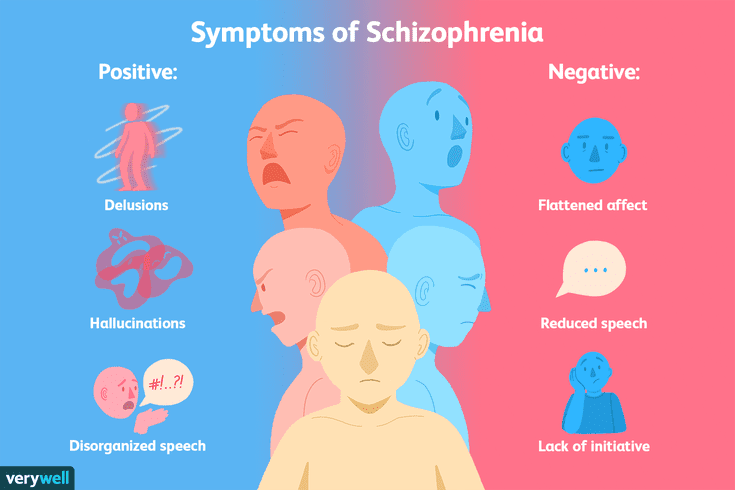
- Consider seeing a therapist or joining a support group for people with anxiety.
- Find active ways to relieve your stress, such as getting regular exercise or keeping a daily journal.
- Be open with your family and close friends about your diagnosis, if possible.
- Avoid alcohol, nicotine, and other similar drugs.
- Focus on managing your anxiety rather than on ending or curing it.
Anxiety Disorder - American Medical Clinic
US
Medical Clinic
St. Petersburg, embankment of the river Moika, 78.
+7 (812) 740-20-90
Content:
Anxiety disorder is a mental disorder characterized by a state of generalized persistent anxiety. Unlike ordinary short-term stress, which, for example, is associated with public speaking, the disease lasts for a long time - for several months or more.
Excessive anxiety, tension and fear that patients with anxiety disorders experience can be accompanied by both psychological and physical ailments.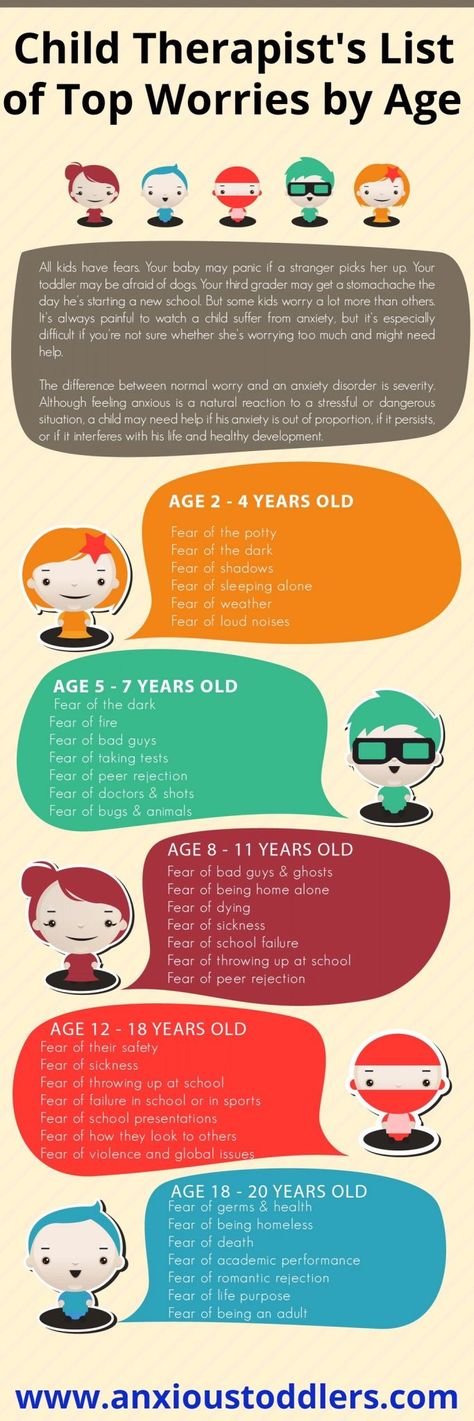 In order to avoid dangerous complications such as paranoia, nervousness, etc. it is necessary to recognize the signs of the disease as early as possible and consult a doctor.
In order to avoid dangerous complications such as paranoia, nervousness, etc. it is necessary to recognize the signs of the disease as early as possible and consult a doctor.
Symptoms of anxiety disorder
Main symptoms of anxiety disorder:
-
Psychological:
- excessive anxiety and tension in connection with current affairs or for no particular reason;
- unreasonable fear for your life and the lives of loved ones;
- stress, inability to relax;
- decreased performance, difficulty concentrating;
- irritability.
-
Physical:
- constant feeling of fatigue and weakness;
- muscle tension;
- pain in the head and abdomen;
- trembling, chills;
- sleep disorders;
- increased sweating;
- shortness of breath up to a feeling of suffocation;
- nausea and vomiting;
- stool disorders.
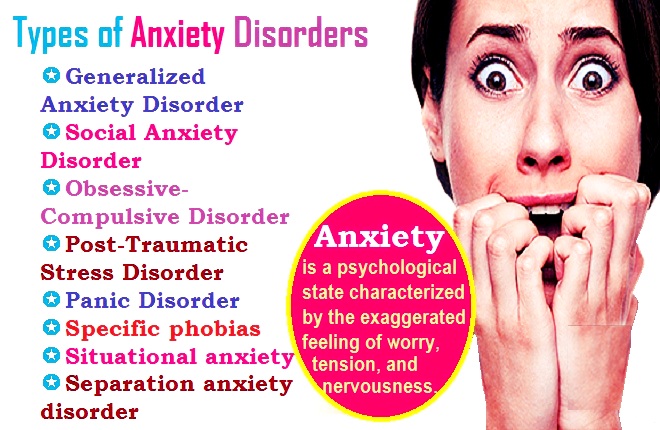
The degree of manifestation of symptoms or their combinations depends on the form of anxiety disorder and the degree of neglect of the disease.
Forms of anxiety disorder
The following forms of anxiety disorder are distinguished:
- Adaptive Anxiety Disorder Excessive anxiety and other emotional responses are due to difficulties in adapting to a particular stressful situation.
- Generalized Anxiety Disorder (aka anxiety-depressive disorder) - excessive anxiety persists constantly and is associated with a large number of life circumstances - the patient regularly experiences unreasonable fear for his life, work, family, etc.
- Anxiety-phobic disorder - causes panic attacks that cause extreme fear and a sense of impending death; fear of people and their large crowds; fear of some serious illness.
All these obsessive thoughts are unpleasant and alien to patients, often they themselves are not aware of the cause of their occurrence.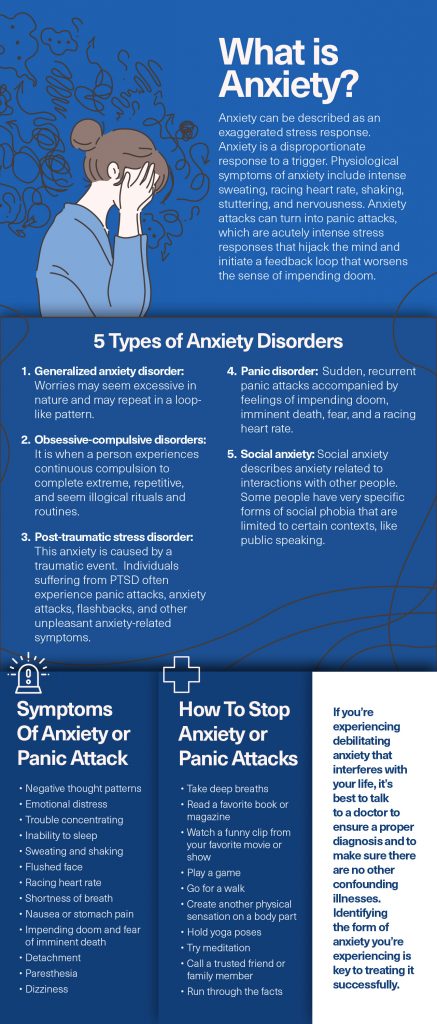 Seeing a doctor as soon as possible will solve this problem and return the person to a normal life.
Seeing a doctor as soon as possible will solve this problem and return the person to a normal life.
Anxiety treatment
Treatment of anxiety disorder is carried out in a complex, in several directions. It includes:
-
Drug therapy - based on the characteristics of the patient's body and the disease, the doctor will prescribe a set of medications to eliminate symptoms:
- benzodiazepines - help relieve physical stress;
- buspirone, alprazolam - reduce anxiety;
- antidepressants - tune in to positive thinking and keep disturbing thoughts under control.
Remember that drug therapy for anxiety disorders is carried out under the strict supervision of a physician. The above drugs, if used incorrectly, cause changes in the patient's behavior. Among them are suicidal thoughts, etc.
-
Psychological therapy - with the help of various psychological methods, the doctor helps the patient overcome his anxiety and anxiety:
- cognitive-behavioral therapy - with the help of rational persuasion, the doctor changes the general way of thinking of the patient in a positive direction;
- behavioral therapy - the doctor teaches the patient relaxation techniques - muscle relaxation, deep breathing, visualization, etc.
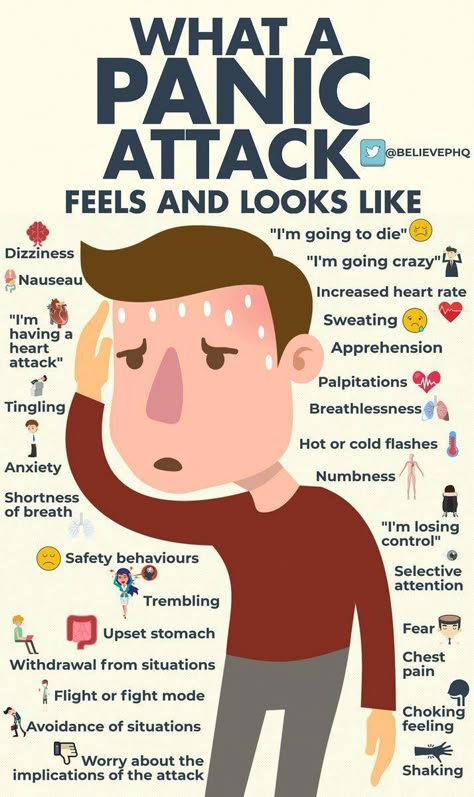
The degree of application of certain methods of therapy and the duration of treatment depend on the form of the disease and the degree of its neglect. Remember that it is the timely visit to the doctor that guarantees the absence of severe mental complications.
See also
- Operations in gynecology
- Colonoscopy in St. Petersburg under anesthesia
12 Signs of an Anxiety Disorder - Lifehacker
September 20, 2017 Health
Some disorders in the work of the psyche pretend to be ordinary phenomena. An anxiety disorder is one of those, but that doesn't mean it shouldn't be treated.
Anxiety is an emotion that all people experience when they are nervous or afraid of something. It’s unpleasant to be “on your nerves” all the time, but what can you do if life is like this: there will always be a reason for anxiety and fear, you need to learn to keep your emotions under control, and everything will be fine.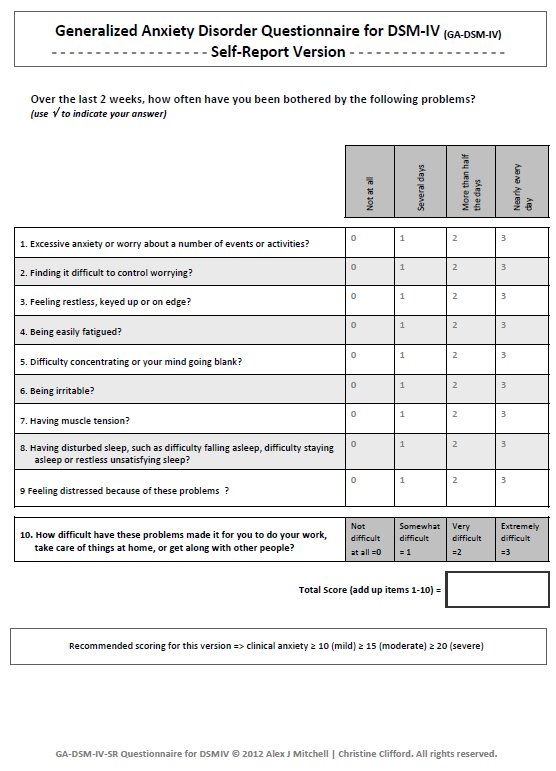 In most cases, this is exactly the case.
In most cases, this is exactly the case.
It's okay to be anxious. Sometimes it’s even helpful: when we worry about something, we pay more attention to it, work harder, and generally achieve better results.
But sometimes anxiety goes beyond reasonable limits and interferes with life. And this is already an anxiety disorder - a condition that can ruin everything and which requires special treatment.
Why anxiety disorders appear
As with most mental disorders, no one can say for sure why anxiety clings to us: so far too little is known about the brain to speak with confidence about the causes. Several factors are most likely to blame, from ubiquitous genetics to traumatic experiences.
Some people experience anxiety as a result of excitation of certain areas of the brain, some people have frivolous hormones - serotonin and norepinephrine, and some people get a disorder in addition to other diseases, and not necessarily mental ones.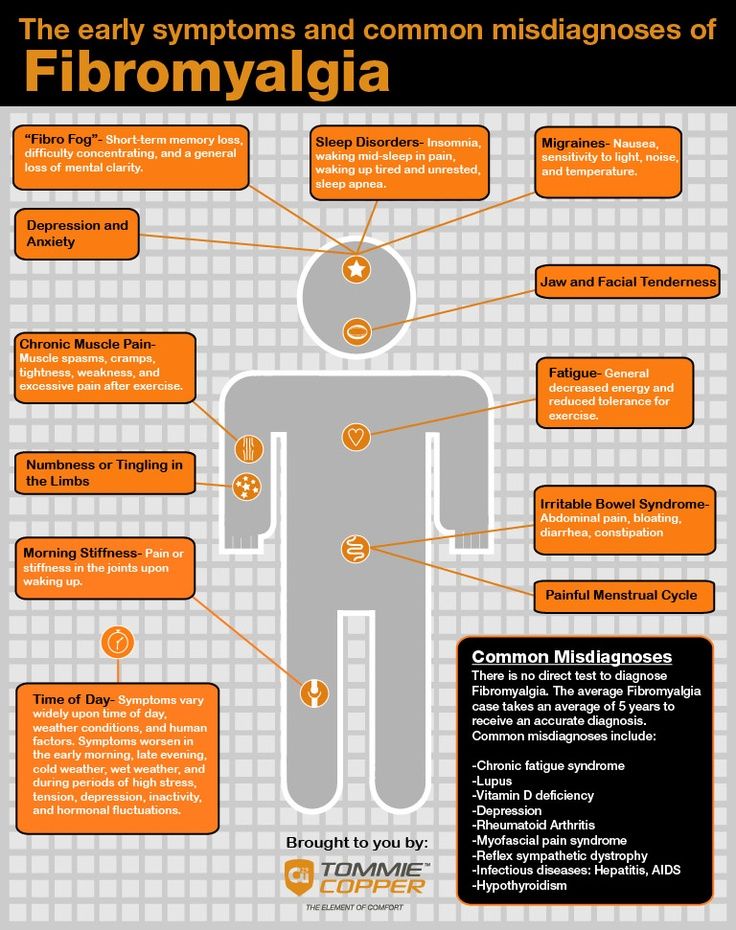
What is an anxiety disorder
Anxiety disorders include several groups of diseases at once.
- Generalized anxiety disorder . This is the case when anxiety does not appear because of exams or the upcoming acquaintance with the parents of a loved one. Anxiety comes by itself, it does not need a reason, and the experiences are so strong that they do not allow a person to perform even simple daily activities.
- Social anxiety disorder . Fear that prevents being among people. Someone is afraid of other people's assessments, someone is afraid of other people's actions. Be that as it may, it interferes with studying, working, even going to the store and saying hello to neighbors.
- Panic disorder . People with this disease experience panic attacks: they are so scared that sometimes they cannot take a step. The heart beats at a frantic speed, it gets dark in the eyes, there is not enough air.
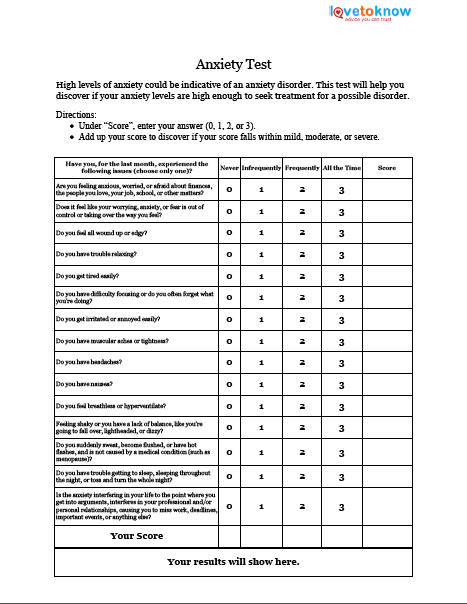 These attacks can come at the most unexpected moment, and sometimes because of them a person is afraid to leave the house.
These attacks can come at the most unexpected moment, and sometimes because of them a person is afraid to leave the house. - Phobias . When a person is afraid of something specific.
In addition, anxiety disorder often occurs in combination with other problems: bipolar or obsessive-compulsive disorder or depression.
How to understand that this is a disorder
The main symptom is a constant feeling of anxiety, which lasts for at least six months, provided that there is no cause for nervousness or they are insignificant, and emotional reactions are disproportionately strong. This means that anxiety changes life: you refuse work, projects, walks, meetings or acquaintances, some activity just because you worry too much.
Other symptoms that hint that something is wrong:
- constant fatigue;
- insomnia;
- constant fear;
- inability to concentrate;
- inability to relax;
- trembling in the hands;
- irritability;
- dizziness;
- palpitations, although there are no cardiac pathologies;
- excessive sweating;
- pains in the head, stomach, muscles - despite the fact that doctors do not find any violations.
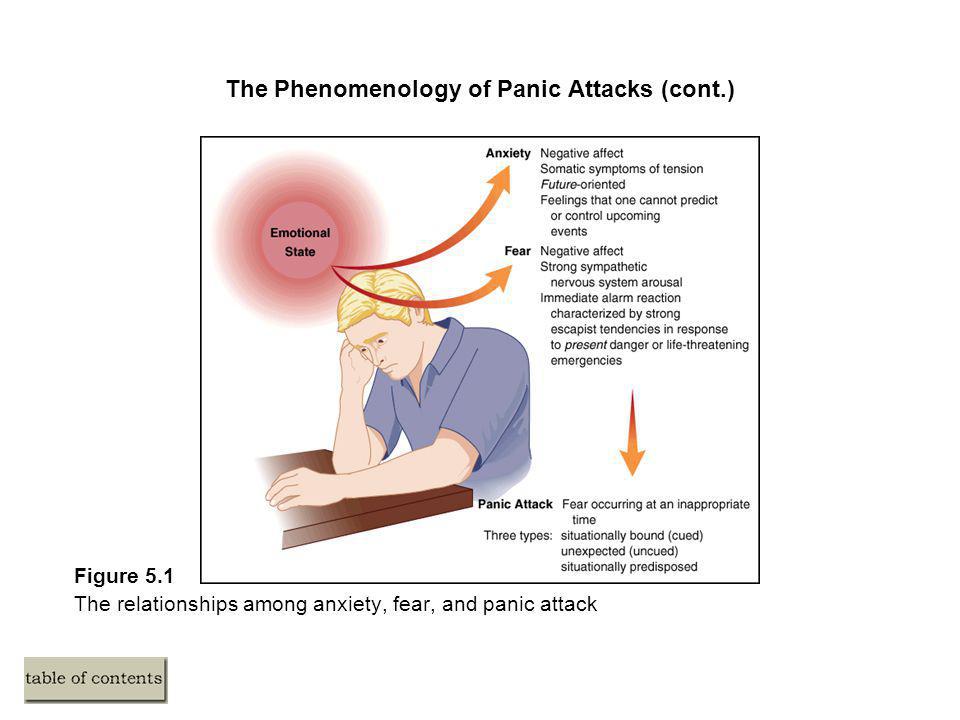
There is no exact test or analysis by which to identify an anxiety disorder, because anxiety cannot be measured or touched. The decision on the diagnosis is made by a specialist who looks at all the symptoms and complaints.
Because of this, there is a temptation to go to extremes: either to diagnose a disorder when a black streak just began in life, or not to pay attention to one’s condition and scold a weak-willed character, when, due to fear, an attempt to go out into the street turns into feat.
Do not get carried away and confuse constant stress with constant anxiety.
Stress is a response to a stimulus. For example, on a call from a dissatisfied customer. When the situation changes, the stress goes away. And anxiety can remain - this is a reaction of the body that occurs even if there is no direct effect. For example, when an incoming call comes from a regular customer who is happy with everything, but picking up the phone is still scary.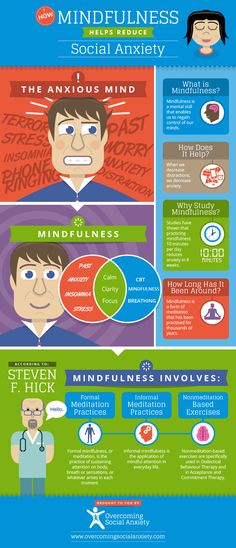 If the anxiety is so strong that any phone call is torture, then this is already a disorder.
If the anxiety is so strong that any phone call is torture, then this is already a disorder.
No need to hide your head in the sand and pretend that everything is fine when constant stress interferes with life.
It is not customary to go to the doctor with such problems, and anxiety is often confused with suspiciousness and even cowardice, and being a coward in society is a shame.
If a person shares his fears, he is more likely to receive advice to pull himself together and not become limp than an offer to find a good doctor. The trouble is that it will not be possible to overcome the disorder with a powerful effort of will, just as it will not be possible to cure tuberculosis by meditation.
How to treat anxiety
Chronic anxiety is treated like other mental disorders. For this, there are psychotherapists who, contrary to popular myths, do not just talk to patients about a difficult childhood, but help to find such techniques and techniques that really improve the condition.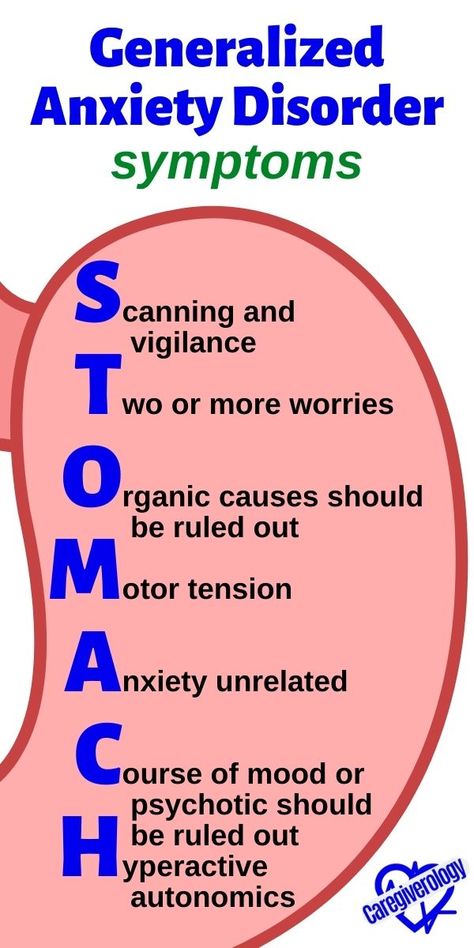
Someone will feel better after a few conversations, someone will be helped by pharmacology. The doctor will help you review your lifestyle, find the reasons why you are nervous a lot, assess how severe the symptoms are and whether you need to take medication.
If you still think you don't need a therapist, try taming your anxiety yourself.
1. Find the cause
Analyze what you worry about most and most often, and try to eliminate this factor from your life. Anxiety is a natural mechanism that is needed for our own safety. We are afraid of something dangerous that can harm us.
Maybe if you are constantly shaking with fear of the authorities, it is better to change jobs and relax? If you succeed, then your anxiety is not caused by a disorder, you don’t need to treat anything - live and enjoy life. But if it is not possible to isolate the cause of anxiety, then it is better to seek help.
2. Exercise regularly
There are many blind spots in the treatment of mental disorders, but researchers agree on one thing: regular exercise really helps keep the mind in order.


